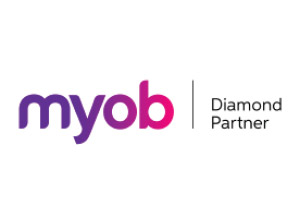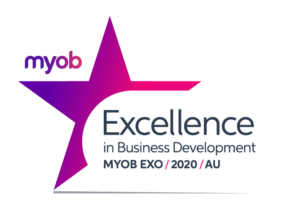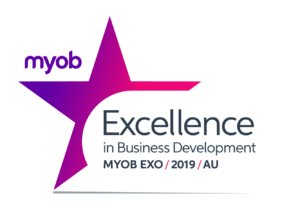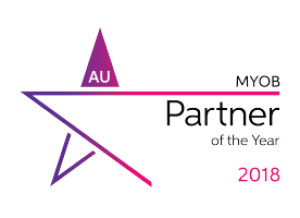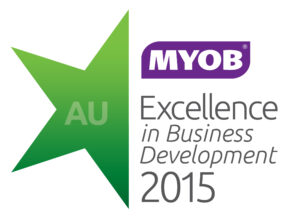Challenges of Recruiting in a Growing Business – Part 3
Performance Appraisal and Performance ManagementThis is article 3 in a series of 3 articles. This article covers “Performance Appraisal and Performance Management”. Article 1 covers “How to appoint the best talent to work for your company”, Article 2 covers “The First Day”.
The Job Description
Refer back to article 1 in the series that discusses laying the ground rules.
Your job description should contain the key performance indicators that will be used to assess the employees’ performance. There are two schools of thought here. The first approach is to separate out performance reviews from remuneration reviews. The benefit of this is that you set up a process whereby you are able to give honest feedback to the employee about their performance, without this being linked to an expectation of a salary increase. The second approach is to combine the performance review and the remuneration review. This is often done where good performance is automatically linked to an increase in remuneration.
Performance Review
The performance review is aimed at identity differences in perception between the employee and their team leader or reviewer. For example, the employee may think they are doing a great job. However, the team leader feels they have the potential to improve. These differences often lead to conflict. You should use the performance review as an opportunity to have a dialogue about performance as well as aspirations. You should try to nurture every key member to play to their strengths. While the focus should largely be on Key Performance Indicators (KPI’s), a review should also deal with more subjective indicators. Using a tool like Survey Monkey (an online survey cloud-based software tool) will allow you to create “branches” or workflows to your performance review. For example, employees that have been with the company for longer, are asked different questions to new starters.
Questions to Consider
A good initial question to ask the employee is “ are there any aspects of your role that you do not understand”. This gives them the opportunity to discuss these. Other questions could focus on whether they believe they have the acquired skills and knowledge to perform their role well. This leads into a discussion about personal development and learning. Employees can also be asked what contribution they make to the organisation as a whole.
When asking more objective questions related to KPI’s, it is a good idea to compare the reviewers rating with that of the employee. For example, you may ask the employee how they rate the quality of their work on a scale of 0-10. The employee may give themselves a 10 for accuracy and a 10 for thoroughness. Whereas the reviewer may be giving a score of 5 and 4. The discussion would then centre around the reasons for these large differences in perceptions.
If the employee has a measurable target, for example, sales dollars or billable hours, the conversation would be around the actual metrics. A salesperson that is required to sell 20,000 dollars of goods per month and has only sold 10,000 would need to explain why his or her performance is lacking.
The review should always be done in a positive light in the example above. The reviewer or team leader should be asking the employee what the company could do to assist to improve the employee’s performance.
Another question is asking the employee to nominate areas where they feel they could improve. Identify key factors that are inhibiting their capacity to play to their strengths. This can be rounded off with a discussion about what the company could do to assist the employee to achieve excellence.
Wrapping up the Performance Review
Finally, ask the employee to rate their satisfaction on a scale of extremely satisfied to dissatisfied. At the end of their review session, it is a good idea to write down an agreement with the employee on what they will be doing. Their team leader should also note this to address any issues that are raised.
If your performance review is linked to a remuneration review, the discussion now becomes one about a standard CPI increase (Consumer Price Index) or increased remuneration for good performance or increased remuneration for additional responsibility or productivity. Employees should understand that salary increases are not a given and that in order to make the company books balance, for every salary increase given, there has to be a commensurate increase in productivity.
Some larger companies do like to ask employees to give feedback on their managers or team leaders. Be aware that this is a very political question and very few employees are able to give honest feedback about this for fear of a knock-on effect.
At the end of the review, pose an open-ended question that allows the employee to make any comments that they feel are relevant. Set the date for the next review and conclude the session by thanking the employee for their good work over the past period.
In order to continue growth in your business, it is important to consider the challenges of recruitment in today’s world. Follow this with the process you should choose to fit your business.
Following this, the right processes taken to review an employee’s performance will ensure productivity improvement in your company.
Article 1 covers “How to appoint the best talent to work for your company”, Article 2 covers “The First Day”.

